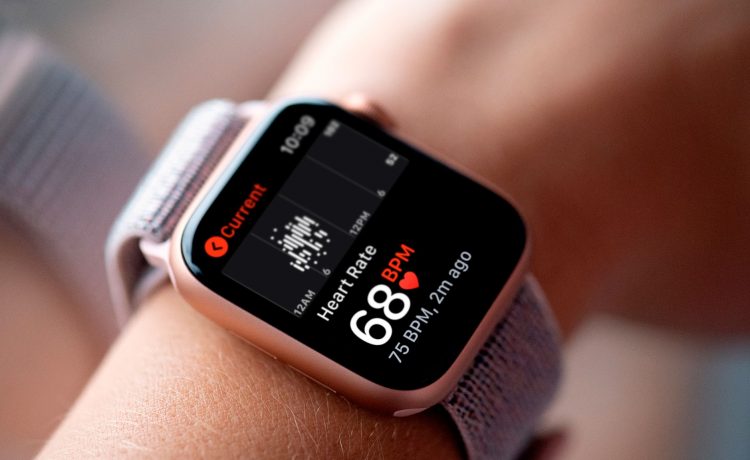In the last decade, there is a surge in things like fitness, health, and wellbeing. Self-care is turning into a norm, but in the middle of all this noise and hype, it is hard to find something that keeps you motivated in your daily routine. Something, that promotes good physical activities, vitals, mindset, and sleep.
Fortunately, to make your wellness madness happen, fitness trackers can be helpful. These are designed to monitor your mental and physical wellbeing. It includes heart rate monitoring, sleep pattern checks, step counting, and workout timing.
Advanced technology has also integrated analog watches and transformed them into smartwatches. You can see the new HONOR watch on the hihonor website, which is equipped with valuable features. Besides showing the time, it is capable to show notifications, answer calls, and keep track of your health and fitness.
How does a fitness tracker & smartwatch monitor your heart rate?
The majority of brands make use of Phtoplethysmograph [PPG] technology to perform Optical Heart Rate Monitoring [OHRM]. On the back of the watch-case, there are two LED lights red and green. The blood under your skin absorbs the green light. With every heartbeat, more green light gets absorbed. Between the heartbeats absorption of green light is negligible.
The components of PPG technology are Optical emitter, Digital Signal Processor, Accelerometer, and Algorithms.
Accuracy output issues
The OHRM depends on the data that comes from the light absorption level of the skin, which can get affected due to tattoos, skin tone, the repetitive motion just like your heart rate, and location of the sensor. Reading accuracy can also get affected if you exercise in the cold weather.
The accuracy of the PPG technology is debatable because several users have issues about their incorrect readings that involve plenty of irregular movements. How the sensors get worn also impacts the output like wearing the smartwatch loosely.

